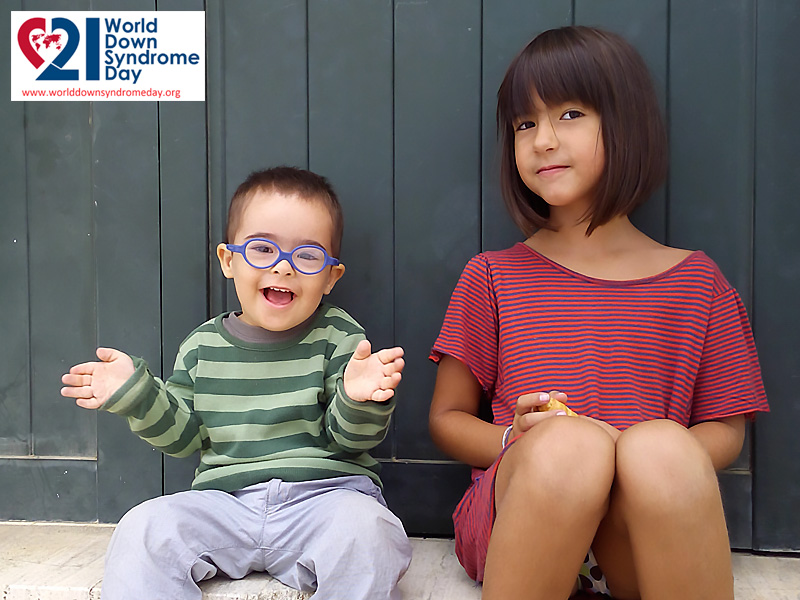Learn about refractive errors: myopia, hypermetropia, astigmatism and presbyopia
16/01/2026

21/03/2017
March 21 is World Down Syndrome Day. With this day the autonomy and individual independence of the people with Down syndrome is demanded, in particular the freedom to make their own decisions and to be full citizens.
Down syndrome is a naturally occurring chromosomal arrangement that has always been a part of the human condition, exists in all regions across the globe and commonly results in variable effects on learning styles, physical characteristics or health.
Adequate access to health care, to early intervention programmes and to inclusive education, as well as appropriate research, are vital to the growth and development of the individual.
We join in this celebration, which seeks to increase public awareness and remember the valuable contributions of people with Down Syndrome as promoters of the well-being and diversity of their communities.
At ocular level most patients show some alteration (almost in 70% of the cases).
Blepharitis
It is an inflammation or infection of the edge of the eyelids, which causes redness and palpebral swelling. It is very important to treat it as this prevents secondary alterations caused by the ocular rubbing produced by the itching in the area.
Keratoconus
Progressive thinning of the cornea that causes its deformation of the same in the shape of a "cone". Its high incidence could be related by the ocular rubbing caused by blepharitis.
Cataracts
They are lens opacities. Depending on the age in which they appear there are different types:
Myopia, hyperopia and astigmatism
Refractive errors are more frequent in children with Down syndrome than in the general population. Farsightedness is the one that has a higher incidence, followed by astigmatism and myopia.
Tear duct disorders
They are also more frequent, with secretions and frequent tearing.
Squint
It is the lack of parallelism of the visual axes so that each eye looks in different directions. The most common in Down syndrome is horizontal strabismus, "inward or outward turning of the eyes”. Some cases may require surgical treatment to avoid an amblyopia or "vacant eye".
Nystagmus
It is a rhythmic and involuntary oscillation of the eyes, usually bilateral and conjugate, ie it affects both eyes equally.
It is very important to go to the ophthalmologist as soon as possible to perform the diagnosis and early treatment in case there is ocular pathology and ensure an adequate development of the visual system. In addition, the visual abilities of children with Down syndrome are, in general, superior to the auditory ones, and a strong point for their learning